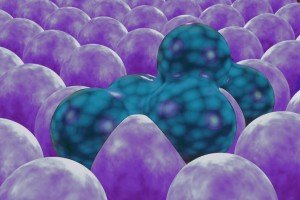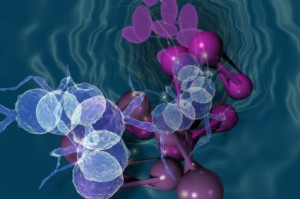Mesothelioma Causes
How Asbestos Mutates Cells
The onset of mesothelioma often occurs four or more decades after you have been exposed to asbestos.
What Causes Mesothelioma
This corruption transpires very, very slowly. However, once it is completed and the disease begins, your cancer progresses rapidly from that point forward. The sequence of the disease follows these steps:

2. Immune system responds.
3. Immune system response fails.
4. Failed response helps asbestos mutate your cells.
5. Mutated cells become cancerous mesothelioma cells.
6. Mesothelioma cells multiply and spread.
Asbestos Exposure

Inhaling or ingesting the fibers triggers an immediate response from your immune system. Your body sends killer cells, called macrophages, to eradicate the fibers. However, since the asbestos fibers are minerals, and not living things, the macrophage attack fails.
That fact does not stop your immune system from trying. Your system continues attacking the fibers.
At the same time the killer cells are attacking, the free radicals impair the ability of your healthy cells. Your healthy cells cannot resist becoming mutated.
Mesothelial Mutation
For mesothelioma to gain a foothold in your body, the asbestos fibers only need to successfully mutate a single mesothelial cell. When it’s healthy, that cell was programmed to function in a well-regulated manner, according to the American Association for Cancer Research. Getting mutated by asbestos alters its programming, so the cell’s functions spin out of control.
One effect of this is that the cell refuses to shut down and die off. This is what it’s supposed to do if it becomes damaged. Programmed cell death, called apoptosis, doesn’t happen when asbestos mutates the cell.
Not only won’t the damaged cell die, but it also refuses to stop growing. It gets bigger and bigger by sending out a signal to trick the body. The body feeds it more oxygen and blood than is normally allowed.
As it grows, this mutated mesothelial cell replicates itself — and each copy bears the identical asbestos-caused gene damage. The copies multiply at a runaway pace and together form a single tumor.
Neighboring healthy mesothelial cells are in turn corrupted by the mutants. This begins the process of creating another tumor. On and on it continues until a sheet of tumors blankets the entire mesothelium.
The good news is that you cannot pass asbestos-corrupted chromosomes to your offspring.
